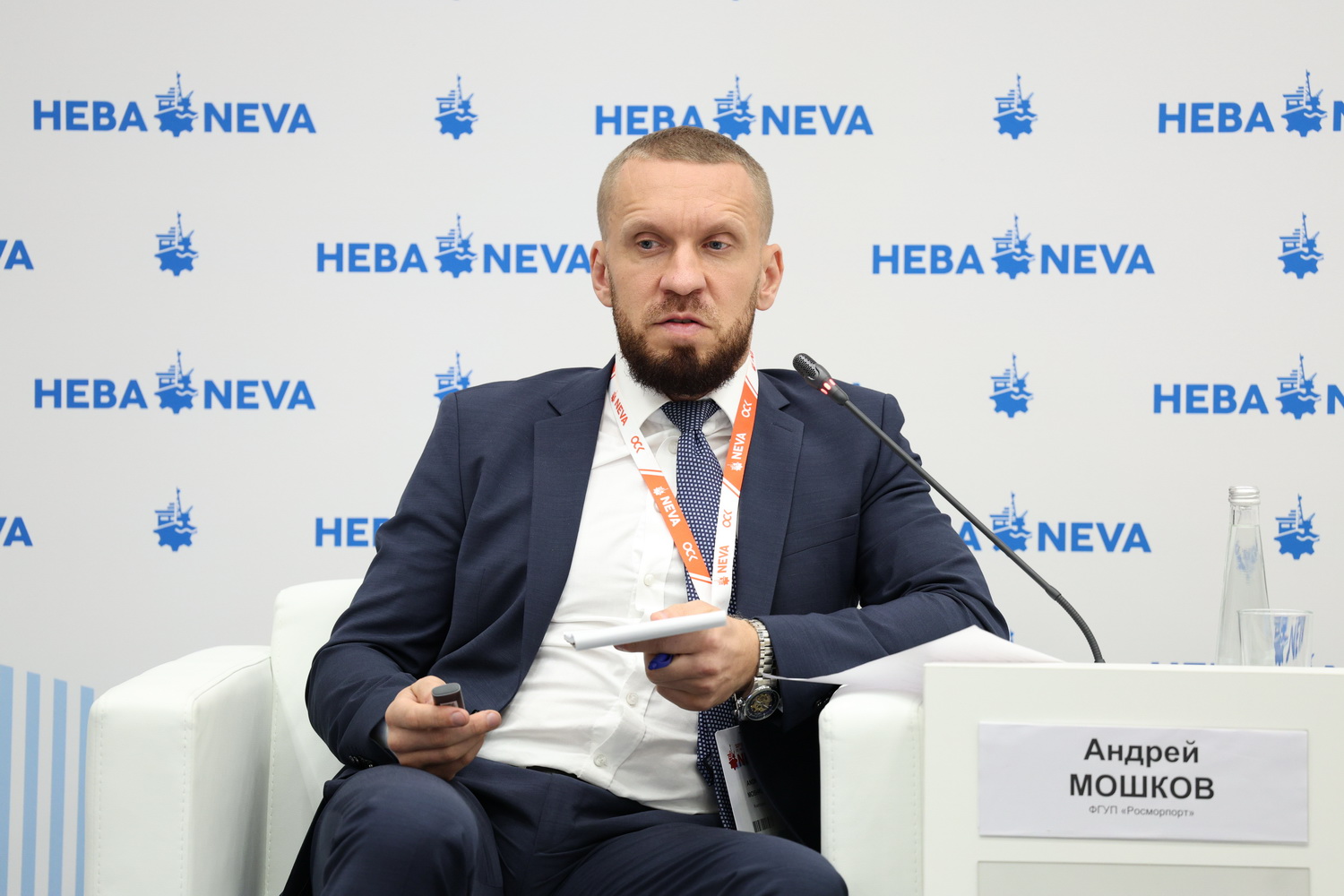
In 2023, the port of Kaliningrad can reach 8.9 million tonnes, 6-7% more than in 2022, IAA PortNews correspondent cites Andrey Moshkov, head of the Kaliningrad Department of Rosmorport’s North-West Basin Branch, as saying at the Neva 2023 exhibition in Saint-Petersburg.
The port’s container throughput is expected to grow by 35% to 150 thousand TEU. However, Andrey Moshkov explained that the results are compared to those of 2022, the year with a low cargo base.
According to him, the sanctions have affected the structure of cargo. In 2023, handling of domestic cargo is expected to total 3.3 million tonnes, which is comparable to import (forecast for 2023 — 2.1 million tonnes) and export (3.4 million tonnes). The situation was different in the previous years. In 2021, the port handled 1.2 million tonnes of domestic cargo, 4.6 million tonnes of export cargo and 3.9 million tonnes of import cargo. So, the segment of domestic cargo is growing steadily while the share of exports and imports is decreasing.
In the 8-month period of the year, handling of domestic cargo totaled 2.3 million tonnes (+62%, year-on-year) with Ro-Ro cargo making the bulk of it — 1.3 million tonnes. It is followed by general cargo – 344 thousand tonnes, dry bulk cargo — 187.5 thousand tonnes, liquid bulk cargo — 43.8 thousand tonnes.
The growth in the segment of Ro-Ro cargo is driven by both the growth of the cargo base and by the deployment of two additional ships, Sparta and Sparta II. Besides, railway ferry Baltiysk joined the line after a long period of repair.
In January-August 2023, container throughput of the port of Kaliningrad totaled 68.4 thousand TEU.
“One of the solutions to the issue of increasing the total carrying capacity of the fleet operating to/from Kaliningrad was the containerization of cargoes that were previously transported by road transport or by ferries,” Andrey Moshkov explained.
In summer 2022, Lithuania notified Kaliningrad authorities about the ban on certain goods transit passing by railway through Lithuania to the Kaliningrad Region. Although later EU allowed Russia to transit some sanctioned goods by rail transport to its exclave via the Europe, Kaliningrad Region Governor Anton Alikhanov stated the need to strengthen the seaborne transport to the region. According to him, seaborne transport accounts for 40% of the Kaliningrad Region’s cargo turnover. The number of ships linking the exclave with the mainland Russia increased from 2 ferries operating on Ust-Luga-Baltiysk line in early 2022 to 21 ships connecting Kaliningrad with Saint-Petersburg and the Leningrad Region, as of June 2023. In the near time, the number of ships is to be raised to 26.



